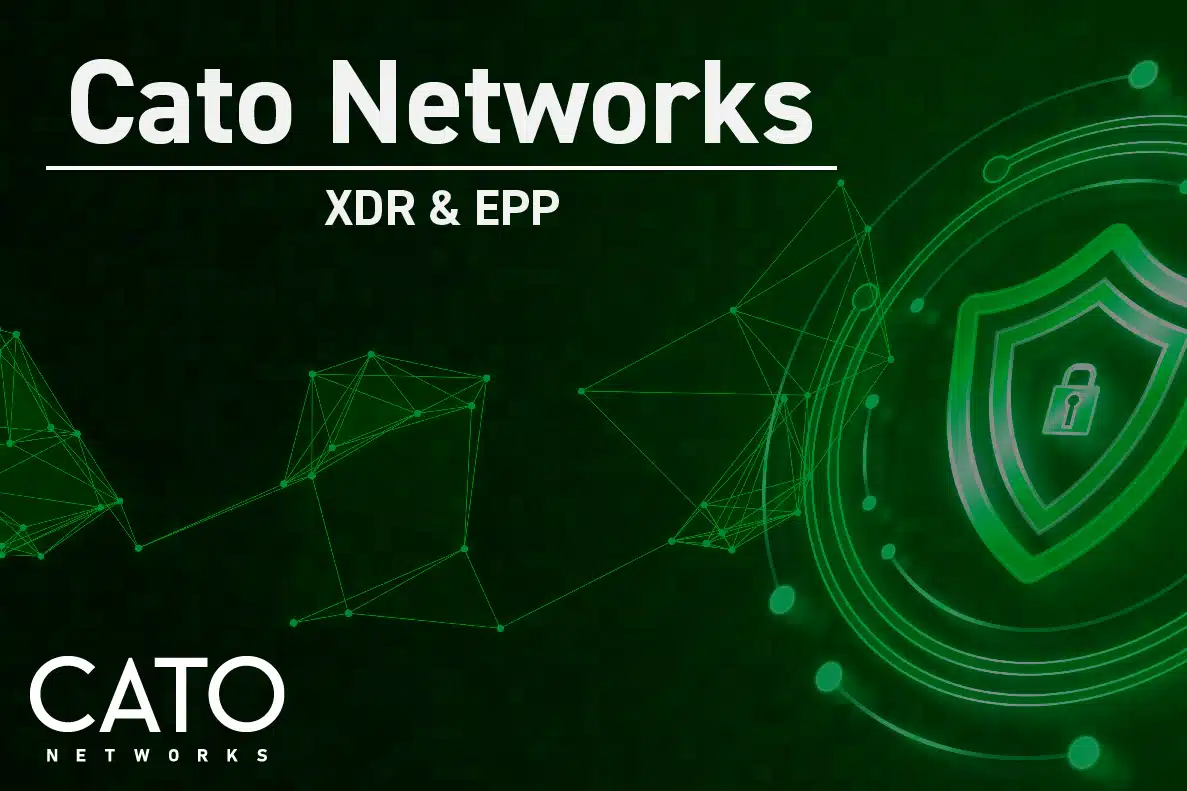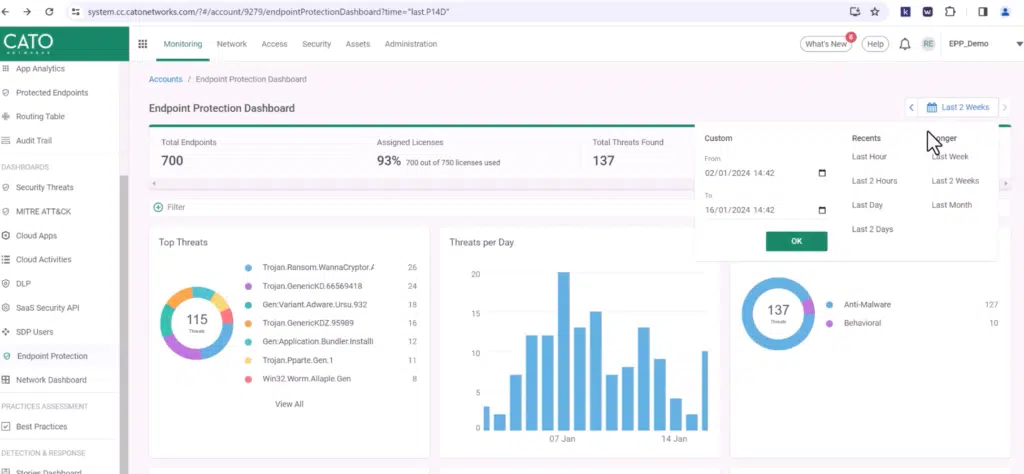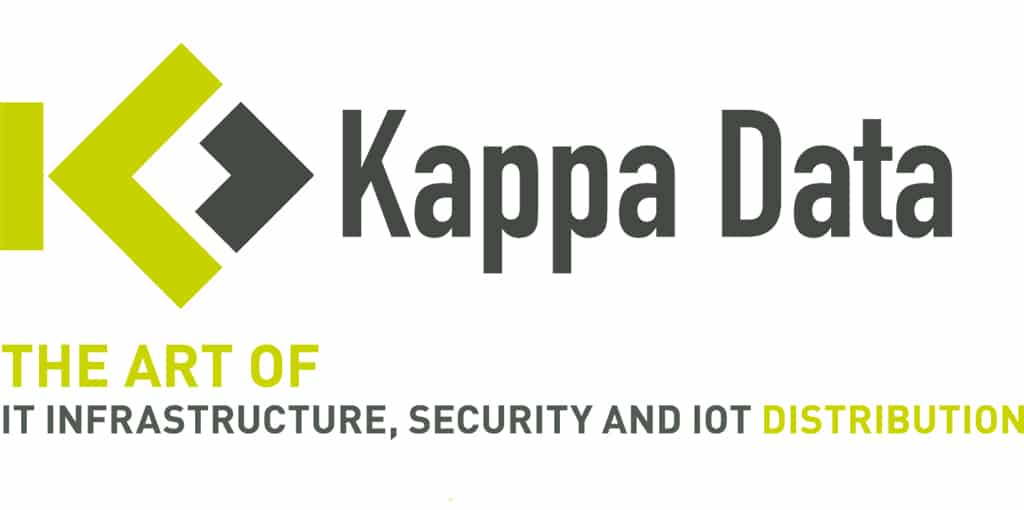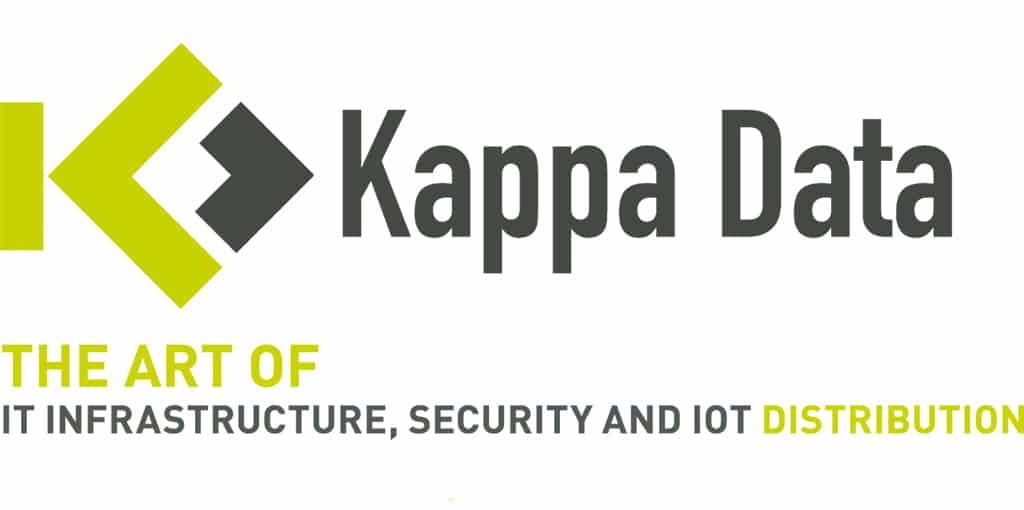
16 Apr Cato Networks XDR & EPP: Discover the essence of Next-Gen Network Security
No doubt you’ve already asked yourself, “What’s going on in my network?” There are countless tools that provide visibility, but getting through the results and keeping track becomes a lot more challenging.
Cato Networks may not have been the first company that came to mind when mentioning XDR until recently, but let’s consider the scope of their network monitoring. From the client to just in front of the server, anywhere in the world, they can notice suspicious activity. In fact, Cato was built as a SASE solution, (although initially that term did not yet exist). Today, Cato is developing several solutions around their SASE product. Since Cato is already present on the endpoints with a VPN agent, it is only a small step to also see what unwanted movements are happening in the network.
Everything starts with data collection.
Where does Cato XDR get its information?
Initially, Cato is a kind of eco-system where all traffic passes through Cato’s backbone. Thanks to its single-pass architecture, a lot of traffic is decrypted, making in-depth analysis obvious.
From the cloud, API relationships can be established with many well-known cloud platforms such as Azure or Google, but also Slack or Box. A learning process gets to know the behavior of users towards (among others) these platforms and can thus eventually recognize deviant behavior. Consider data extraction, for example.
A concrete example of such an integration is with Microsoft Defender. Companies already using a well-secured system from Microsoft can combine the data from the Defender agent with the information collected through Cato. That way, they can make strong connections in a hacker’s behavior.
Recently, Cato also has its own Endpoint Protection through a partnership with BitDefender. This not only eliminates the need for an external Endpoint Protection Platform (EPP), but also eliminates the need for a dedicated VPN agent on each device. Every device cooperates in the XDR system, including fixed internal workstations.
From the vast amount of information at Cato Networks, an AI engine is used to filter out the important and relevant information, prioritizing it appropriately. This engine makes connections wherever possible and presents all this in what they call ‘Stories’. These ‘Stories’ are understandable reports that offer report text and graphics on a silver platter thanks to an AI text generator.
As is customary with Cato Networks, you’ll discover that everything within the Cato management platform is presented in an intuitively accessible manner.
Already a Cato user? Then take a look at the Stories dashboard under Monitoring, the core version of XDR comes as a gift. Ask yourself what you would get with the pro version, look under Assets and Indications Catalog. You are just one click away from the complete XDR solution.

Don’t hesitate to contact [email protected] if you have any questions!



No Comments